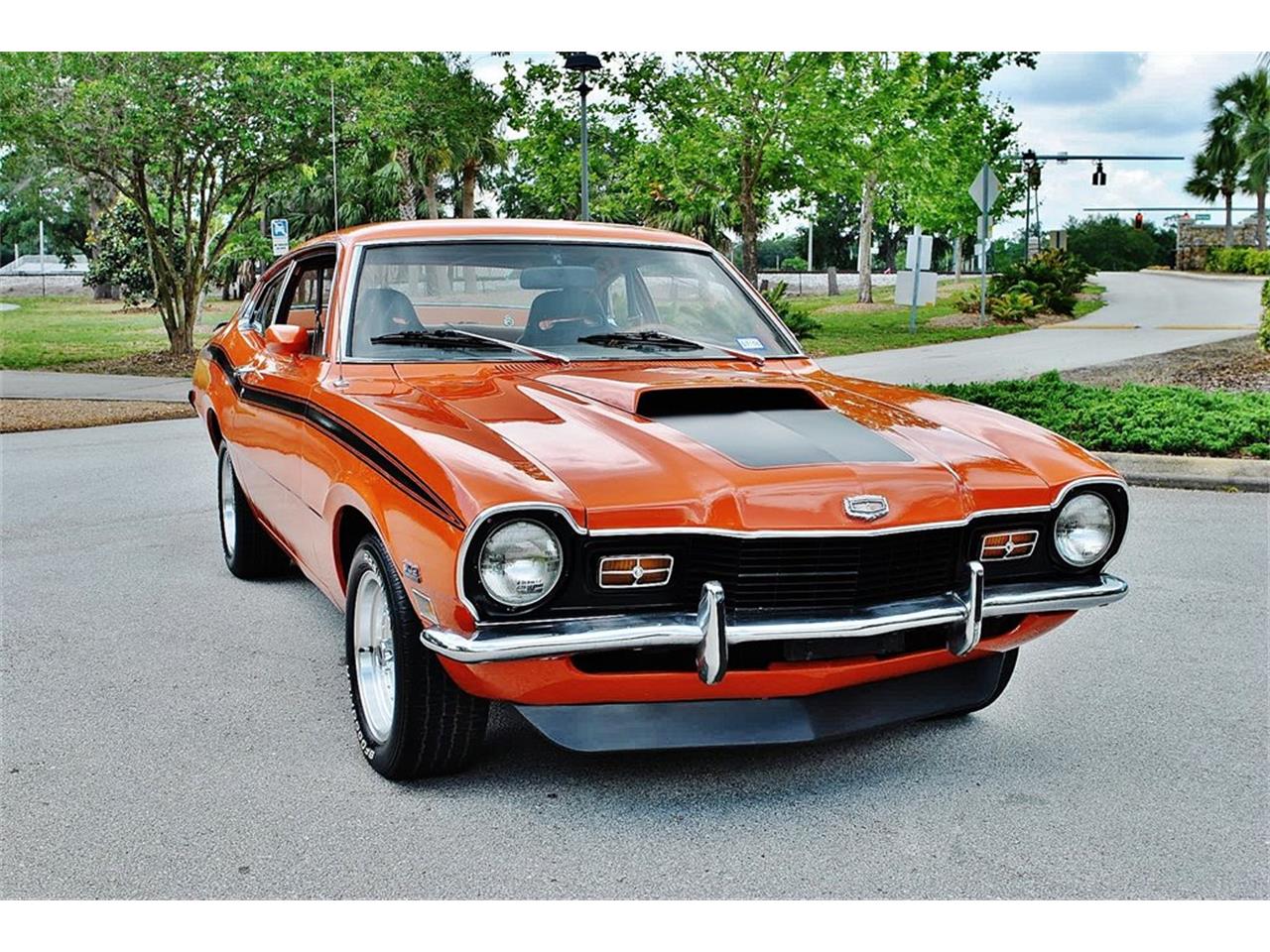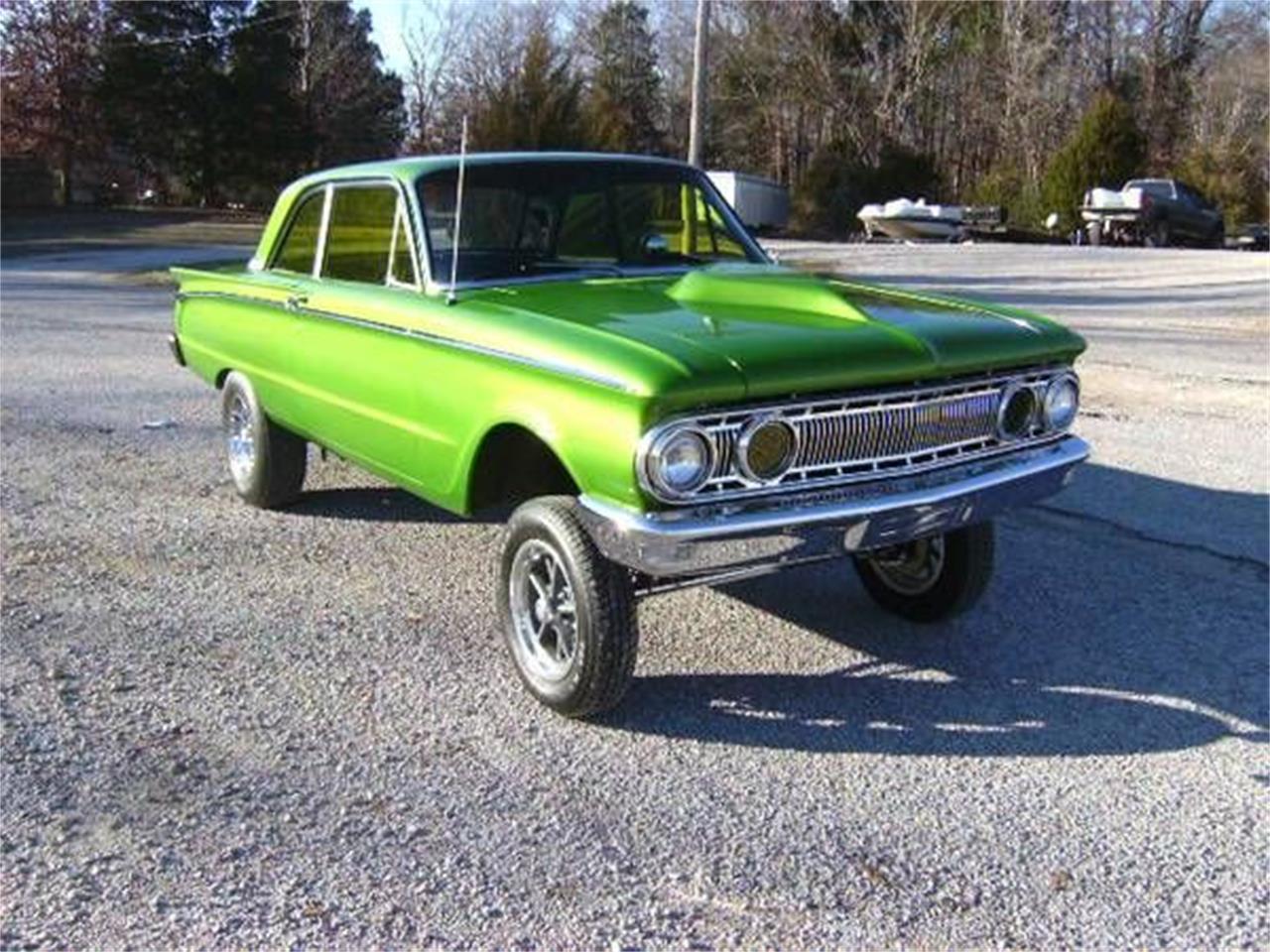
Caliente trim level was used for A/FX coupes. When the Big Three couldn’t increase the power of their engines fast enough, they began to remove weight every which way (or, in the infinite words of Colin Chapman, “add lightness”). Their A/FX Comet was one of the hottest factory drag cars of the era, and goes unfairly forgotten in conversations.Ī/FX (factory experimental) racing traces its origins back to the glory years of factory-sponsored Super Stock racing. Equipped with such, special editions of the Galaxie and Fairlane were created, namely the “Thunderbolt,” to rival entries from cross-town rivals Pontiac and Mopar.Īnd what about Mercury? While not under Ford’s Total Performance umbrella, sister brand Mercury also was active in racing. This usually meant – particularly in the early 1960s – the use of Ford’s venerable 427 side-oiler engine. Though in very small quantities, “street legal” race cars were created by Ford, either due to demand or to meet homologation standards. Images: Mecum Auctionsĭoing so meant a new-found emphasis on outright performance in all of Ford’s mainstream vehicles, specifically the Fairlane, Falcon, and Galaxie, which were heavily restyled to reflect this new performance image.īut Ford’s Total Performance program wasn’t all “talk” either. It helped Mercury sell 50,000 more Comets in 1964 than they did in ’63.1964 A/FX Comet Caliente was stuffed with the high-riser 427. This would be an impressive feat today 50 years ago it was astounding.
Ford comet driver#
Iincluding driver changes, fuel stops and maintenance, they averaged 105mph! Four of the five cars finished the run.

In November 1963, at Daytona international Speedway, five redesigned 1964 Comets were run flat out for 24 hours a day for 42 days, with each car racking up 100,000 miles. Mercury turned to Comet for some cleansing. A bold statement would be needed to wash away that somewhat soiled image. The strategy was badly bungled, and as a result, Mercury acquired a reputation for poor quality that dogged it into the early sixties. Thisd was to make room for the even more ill-fated Edsel. In the late fifties, Mercury had made an ill-fated move upscale. So, come 1962 Mercury claimed Comet as its own. This was about 40,000 more cars than the combined sales of Mercury and Lincoln.
Ford comet full#
Offered for a full year in 1961, 183,000 Comets found homes. However, in its first, somewhat abbreviated model year, the Comet “brand” sold 116,000 cars. Initially it was sold through L-M dealers, but as a separate brand. With its Edsel origins, the Lincoln-Mercury division wasn’t quite sure what to do with Comet. Back in 1960 it was called a “senior compact”. This gave Comet the distinction of being the first of what would become known as a midsized car.
Ford comet full size#
Lengthened by more than a foot, it was larger than the Falcon, but still much smaller than a full size Ford.

The Comet was introduced in March of 1960. It was a move of impeccable timing that saved the company…at least for a short time. Studebaker waited until the dust cleared - and the latter three makes were gone - before offering their Lark in 1959. Over the next 3 years Kaiser, Willys and Hudson followed in succession. Nash was first to open up the compact market in 1950 with its Rambler. And so it was in the 1950s that they went all-in on small cars. The independents were always in search of niches outside the purview of the Big Three. It was a different story at the smaller automakers. But if one were to peel off the bits of chrome and pull out the engine, he would find essentially the same car.

Sometimes there were different engines, or even different wheelbases.

Chevrolet, for instance, had the stylish Bel Air, the mainline 210 and the basic 150. With the exceptions of the the low volume Corvette and Thunderbird, variety within each make consisted essentially of trim packages. Prior to 1960, each of the Big Three’s brands consisted of essentially one basic car.


 0 kommentar(er)
0 kommentar(er)
